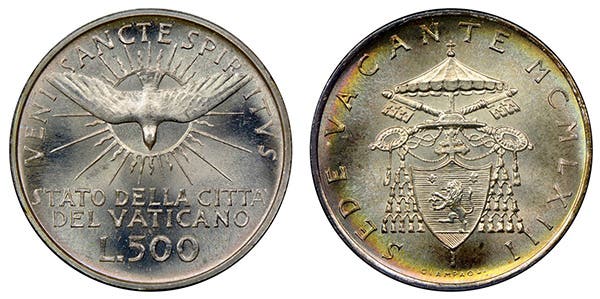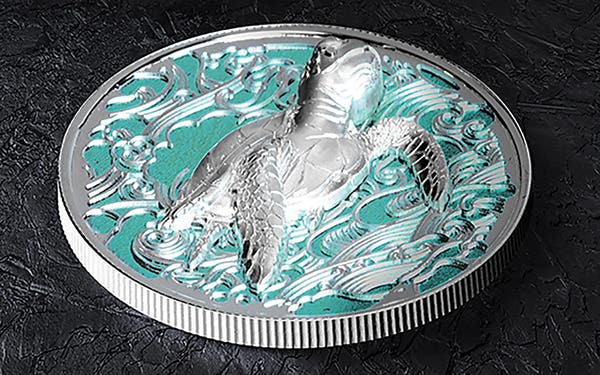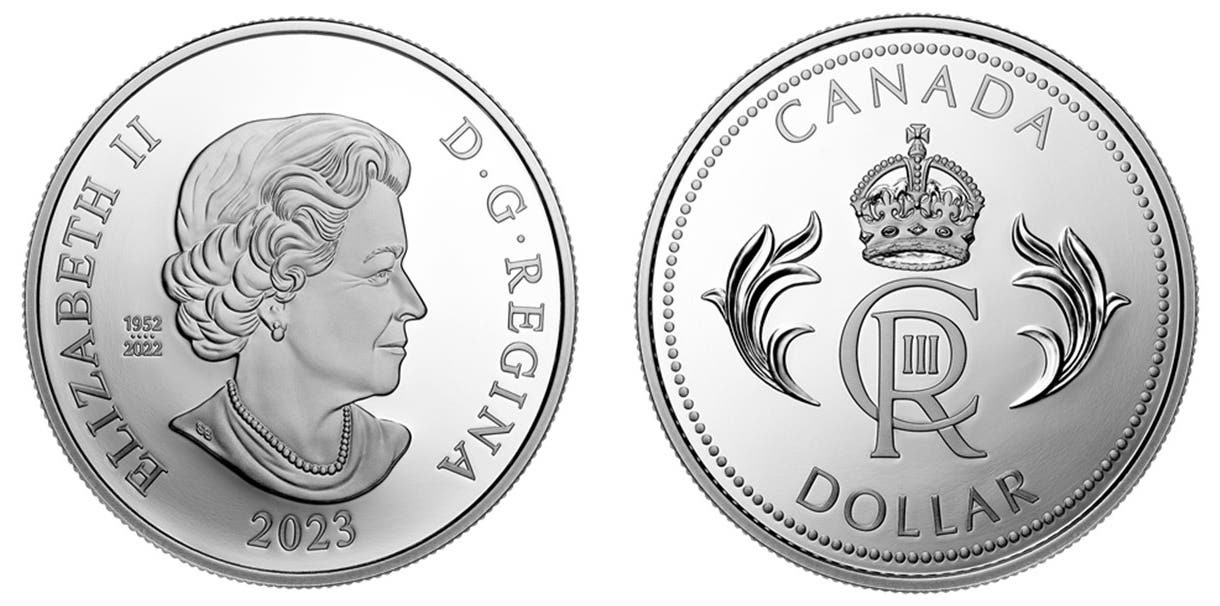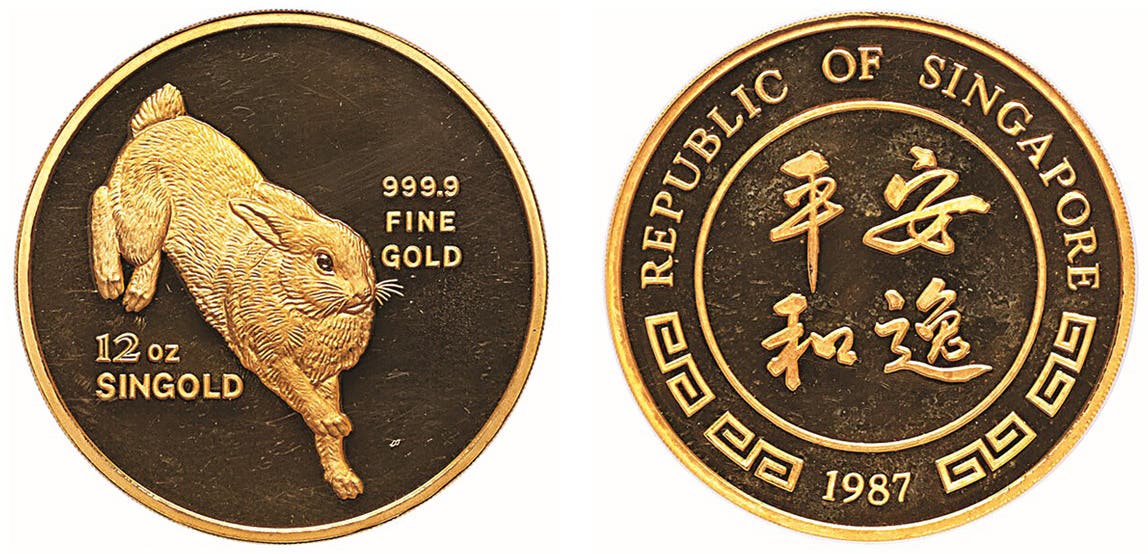Islands Move New Currency Forward
Plans for Curaçao and St. Maarten to introduce a new Caribbean guilder in 2024 are once more moving ahead. Plans for the new currency began in 2019, but due to…
Plans for Curaçao and St. Maarten to introduce a new Caribbean guilder in 2024 are once more moving ahead. Plans for the new currency began in 2019, but due to several factors including discussions of dollarization had been put on hold until recently.
It was reported on Sept. 6 that the Finance Ministry of both countries have examined documents prepared for them and are now ready to move forward with the new currency unit.
The Central Bank for Curaçao and St. Maarten postponed a decision while assessing pros and cons of introduction a new currency for the monetary union rather than adopting the U.S. dollar as the official currency for both entities. Information on both views was presented to the central bank by the International Monetary Fund.
The central bank has been concerned that there are shortages in Netherlands Antilles guilder coins and bank notes now in circulation. The central bank was further concerned that both coins and bank notes are outdated and for that reason could more easily be counterfeited. Bank officials acknowledged there is a threat to the public’s confidence in the existing currency system as well as in the security and efficiency of the entire current payment system.
According to the Sept. 6 The Daily Herald newspaper, “The assessment was requested by the CBCS in response to questions from politicians and civil society, sparked by the COVID-19 pandemic, on the pros and cons of the union introducing its own currency versus dollarization.”
The soon to be phased out Netherlands Antillean guilder was until 2010 used by Bonaire, Saba, and St. Eustatius in addition to Curaçao and St. Maarten. Bonaire, Saba, and St. Eustatius began using the U.S. dollar as their official currency on Jan. 1, 2011. This followed the Oct. 10, 2010, dissolution of the Netherlands Antilles. The islands became ‘landen’ or constituent countries within the Kingdom of the Netherlands through this dissolution.
Coins on which the name Nederlandse Antillen appears were first introduced in 1952. All silver composition coins were replaced with nickel in 1970. Aluminum composition 1- and 2 1/2 –cent coins were introduced in 1979. Aluminum 1 and 5 cents, nickel-bonded-steel 10 and 25 cents, and aureate-steel 50 cents, 1 and 2 1/2 guilders were introduced in 1989. In 1998 aureate-steel 5-guilder coins were added to the mix.
Plans call for Caribbean guilder coins to be issued in denominations of 1, 5, 10, 25, and 50 cents, and 1 and 5 guilders. Details of the designs and the metal compositions of these coins were not available at the time this article was being written.
Bank notes of the Curaçaosche Bank were issued in the name Nederlandse Antillen beginning in 1954. The bank’s name was changed to Bank van de Nederlandse Antillen in 1962. Bank notes dated Aug. 28, 1967, on which a vignette of the Statuut monument replacing that of an allegorical seated woman on the front were introduced in 1969. The heraldry on the back was changed at the same time. The 500-guilder denomination was introduced in 1963, while the 5- and 250-guilder denominations were dropped in 1998. The 5 guilder was replaced with a coin of the same value at that time.
The new bank notes are planned to consist of 10-, 20, 50, 100, and 200-guilder denominations. The NAf. 250-guilder bank note will be replaced by the 200 Caribbean-guilder and the NAf. 25-guilder will be replaced by the 20 Caribbean-guilder bank note.
According to the CBCS, the new denominations are considered to be more in line with payment systems globally, particularly with the U.S. dollar and European Union euro decimal currency systems. The new Caribbean guilder will be legally pegged to the U.S. dollar at the fixed rate of 1.79 guilders to the dollar.
Further details of the new bank notes were not available in time for this article. The central bank noted that local banks, vending machine operators, and those using point-of-sale devices are involved in the planned currency system.








